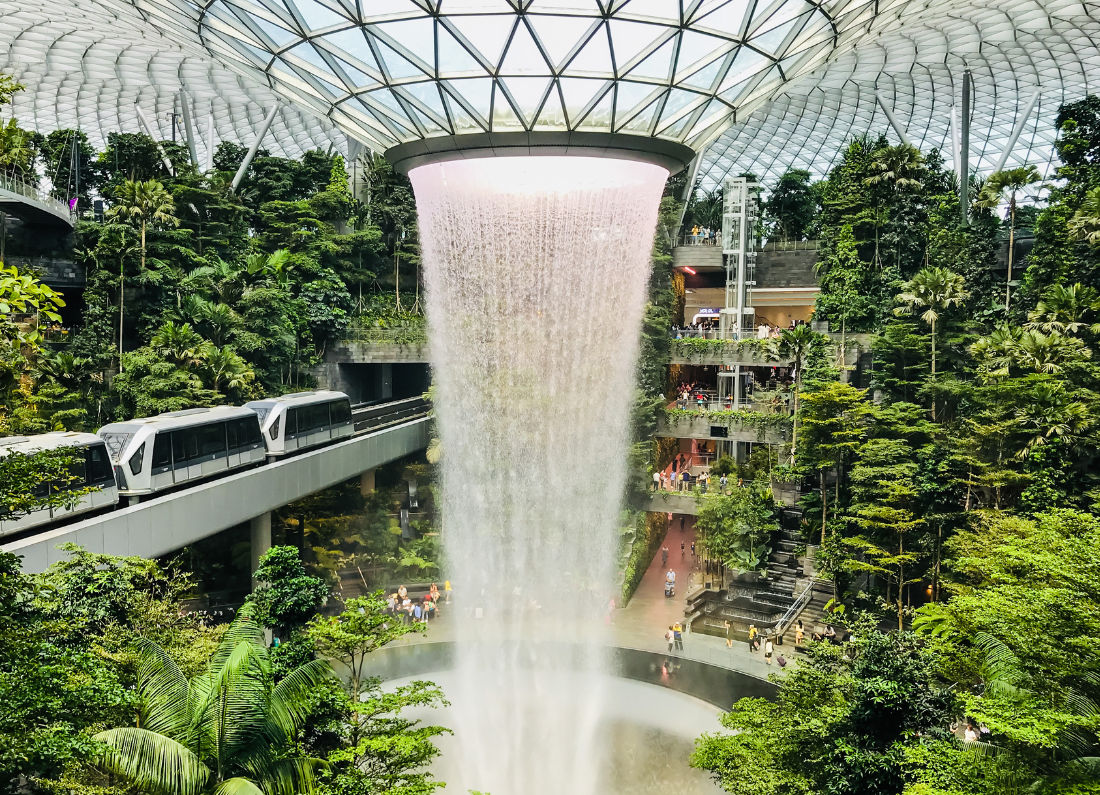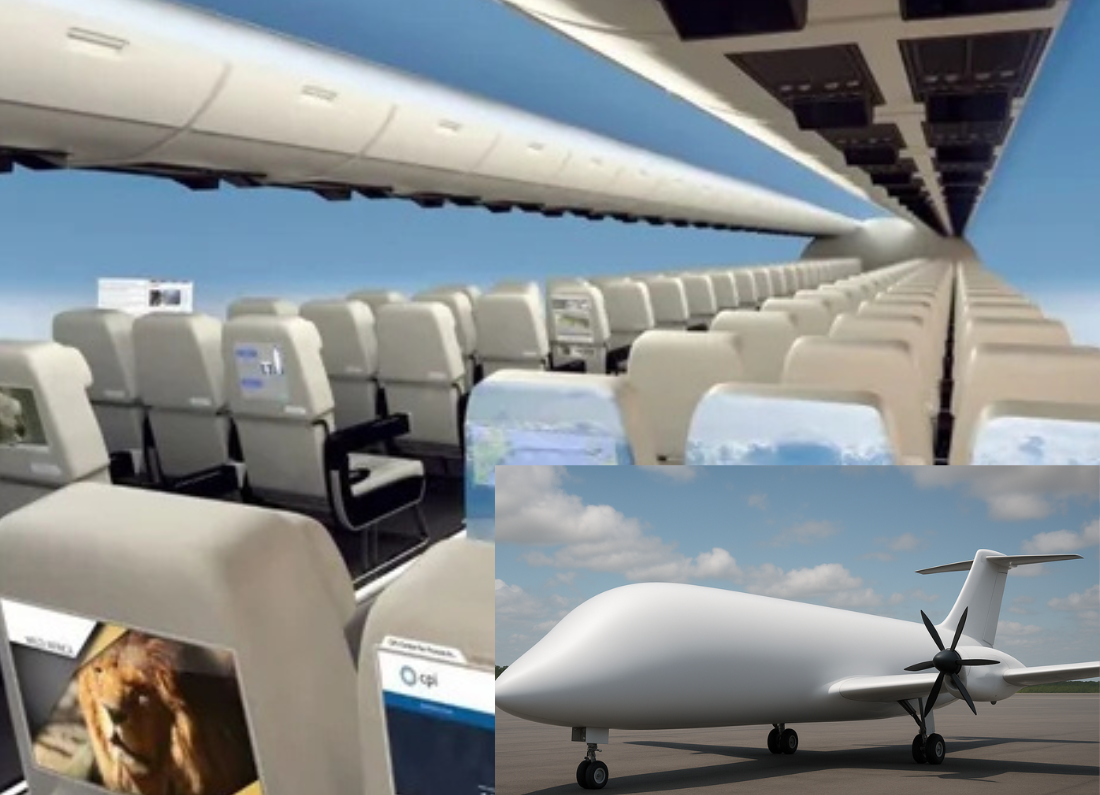In 2025, the global ambition to decarbonize aviation extends beyond the skies and into the very fabric of airport operations. Airports, traditionally recognized for their vast terminals and extensive runways, are undergoing a profound transformation into climate-smart hubs that exemplify efficiency, cutting-edge innovation, and sustainability. High-profile airports across Asia, such as Kuala Lumpur International Airport (KLIA) and Singapore Changi Airport, are spearheading this shift by investing heavily in renewable energy, implementing smart infrastructure, and facilitating responsible growth. This evolution signifies that adopting green practices is not just an option—it’s an imperative for industry leadership.
Why Airports Matter in the Climate Equation
While the spotlight on aviation emissions often centers on aircraft, it’s important to note that airport operations play a significant role in exacerbating carbon emissions. The primary contributors include:
- Energy Consumption: Airports require substantial energy for cooling, lighting, baggage handling systems, and terminal operations.
- Ground Support Equipment: Vehicles and machinery used for baggage handling and aircraft servicing typically rely on fossil fuels.
- Transportation Links: Access roads and transportation services connecting airports with surrounding communities also contribute to greenhouse gas emissions.
- Waste Generation and Water Use: Airports generate large amounts of waste, from passenger refuse to operational waste, alongside heavy water consumption for various services.
According to Airports Council International (ACI), airports are responsible for approximately 2-5% of global aviation emissions—an area where significant reductions can be achieved through innovative technology and practices.
Malaysia’s Green Airport Agenda
In 2025, Malaysia Airports Holdings Berhad (MAHB) has intensified its commitment to sustainability, aligning its initiatives with the United Nations Sustainable Development Goals (SDGs) and Malaysia’s ambitious target of carbon neutrality by 2050. Key strategies being implemented include:
- Solar Energy Expansion: KLIA and several regional airports have launched solar farms utilizing previously unused land:
- KLIA: Boasting over 3.6 MW of solar capacity to power various terminal operations.
- Langkawi & Subang Airports: Featuring rooftop solar panels that contribute to partial terminal energy needs.
- Electric Ground Support Equipment (e-GSE): MAHB is phasing out diesel-powered baggage carts and tugs in favor of electric alternatives. This transition not only lowers emissions substantially but also minimizes noise pollution on the airport grounds.
- Rainwater Harvesting & Water Efficiency Initiatives: KLIA has integrated comprehensive water recycling and harvesting systems, particularly aimed at:
- Supplying cooling towers
- Supporting lavatory flushing
- Irrigating landscaped areas
- Waste Management and Circular Economy Practices: Efforts are underway to create designated food and plastic waste sorting zones for airlines and vendors. MAHB has initiated composting and material recovery pilots at Subang and Penang airports to further enhance waste management efforts.
By the end of 2025, MAHB aims to achieve ACI’s Level 3+ Airport Carbon Accreditation, testifying to its robust sustainability efforts.
Asia’s Green Pioneers
Asia is leading the charge with some of the world’s most innovative green airports. Notable examples include:
- Singapore Changi Airport: Currently constructing Terminal 5, which will feature a District Cooling System designed to enhance energy efficiency, coupled with a zero-energy concept. Additionally, runway lighting will be powered exclusively by on-site solar energy. Changi Airport has also implemented a strict plastic-free pledge, effective since 2024.
- Delhi Indira Gandhi International Airport (IGI): Recognized as India’s first airport to operate entirely on hydropower and solar energy, Delhi IGI is celebrated for its environmentally friendly operations. The terminal has achieved LEED Platinum certification and hosts Asia’s largest fleet of electric vehicles for airside operations, contributing to significant reductions in carbon emissions.
- Tokyo Haneda Airport: This airport has adopted a range of green initiatives, such as green roofing systems, intelligent LED lighting designed for energy savings, and elevators that regenerate energy during operation. Its urban rail connectivity has been a game-changer, effectively reducing the reliance on passenger vehicles and their associated emissions.
Metrics That Matter: Green KPIs for Airports
In 2025, airports are assessed on a broader spectrum than just passenger throughput and on-time arrivals. Environmental Key Performance Indicators (KPIs) have emerged as critical metrics for evaluation, including:
| Indicator | Goal |
|---|---|
| CO₂ per Passenger | Less than 1.5 kg per terminal movement |
| Renewable Energy Use | Greater than 30% of total energy by 2026 |
| Waste Diversion Rate | Minimum of 70% (recycling, reusing, composting) |
| Water Efficiency | Less than 25 liters per passenger |
| EV Charging Availability | At least 1 charging bay per 100 parking spots |
Leading airports are increasingly publishing annual Environmental, Social, and Governance (ESG) reports that incorporate verified data from third-party assessments, enhancing transparency and accountability.
Innovation at Work: Smart + Green
The next generation of green airports transcends traditional notions of sustainability; they integrate smart, interconnected, and efficient systems to optimize operations. Key innovations expected in 2025 include:
- Digital Twin Modeling: Utilizing digital twin technology to optimize terminal energy consumption, facilitating significant energy savings through real-time data analysis.
- AI-Based Passenger Flow Management: Implementing artificial intelligence to manage passenger movement efficiently, thereby reducing the load on Heating, Ventilation, and Air Conditioning (HVAC) systems.
- Smart Lighting and HVAC Systems: Equipping facilities with intelligent lighting that utilizes occupancy sensors to minimize energy use in unoccupied areas.
- Sustainable Building Materials: Employing green building materials with high recycled content and excellent thermal insulation properties to minimize energy consumption.
- Support for Electric and Hydrogen Fuel Systems: Establishing infrastructure that supports electric vehicles and hydrogen fuel systems for ground and airside transport, paving the way for future innovations.
Partnerships and Policies Matter
No airport can navigate the path to sustainability in isolation. In 2025, success hinges on several collaborative efforts:
- Government Support: Policy frameworks that provide tax incentives, carbon credits, and green bonds to incentivize sustainable practices.
- Airline Collaboration: Coordinated initiatives for the use of Sustainable Aviation Fuel (SAF) and the widespread adoption of electric ground support equipment (e-GSE).
- Community Engagement: Involving local communities in waste reduction strategies and promoting local sourcing programs that contribute to environmental sustainability.
- Global Certification: Achieving accreditation from organizations like ACI, LEED/Green Building Index (GBI), and ISO standards to validate commitment to sustainability.
The Malaysian Green Technology Financing Scheme (GTFS) plays a crucial role in providing financial support for these sustainability transitions, benefiting both public and private airports.
The Road Ahead: Green by Design
Green airports are evolving from retrofit projects to being meticulously designed from the ground up, reflecting sustainability principles in every aspect of their construction and operation. Future airport master plans across ASEAN countries—such as Subang Airport in Malaysia, Long Thanh in Vietnam, and Bulacan in the Philippines—will incorporate:
- Net-Zero Construction: Buildings will be designed to have a net-zero carbon footprint, employing energy-efficient technologies and sustainable materials.
- Nature-Integrated Designs: Architectural features will include green walls, daylight harvesting techniques, and biodiversity enhancement measures.
- Multimodal Public Transport Hubs: Comprehensive transport networks will be established to facilitate seamless passenger movement, reducing reliance on individual vehicle use.
- Droneport and Electric Aircraft Terminals: Dedicated facilities for drones and electric aircraft will support the shift towards innovative and quiet air travel solutions.
The green airport of 2025 represents a commitment to creating cleaner, smarter, and more resilient infrastructure. For Malaysia and Asia to take the lead in the next chapter of sustainable aviation, airports must prioritise climate resilience, operational efficiency, and alignment with community needs. The future of air travel depends not only on the technology that takes to the skies but equally on the thoughtful construction and management of our airport facilities.












